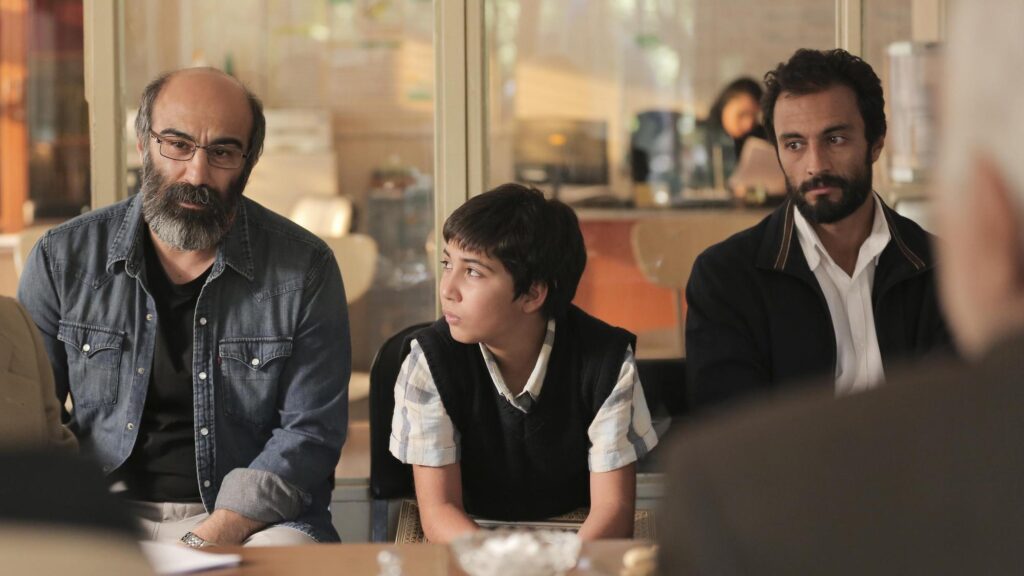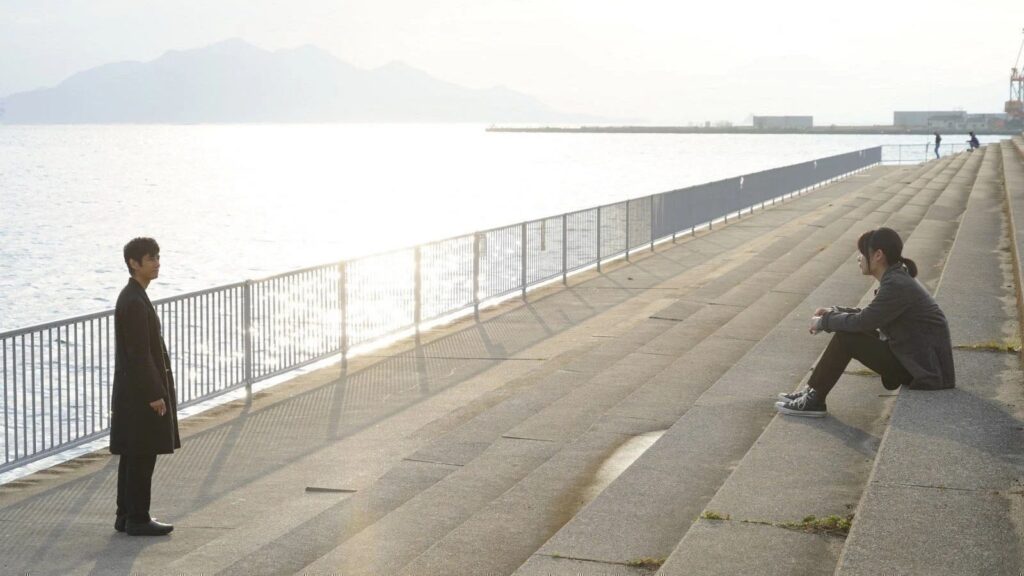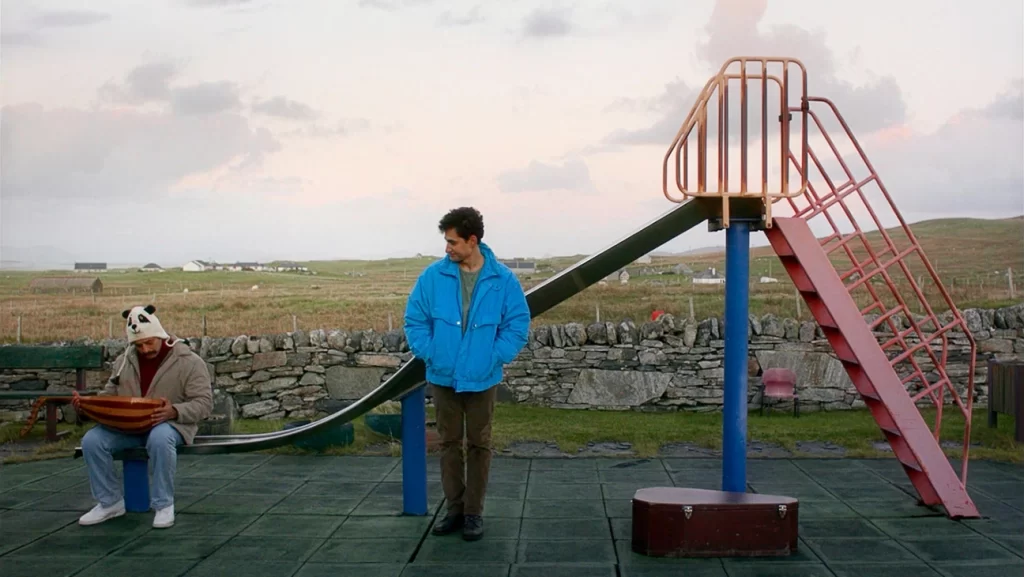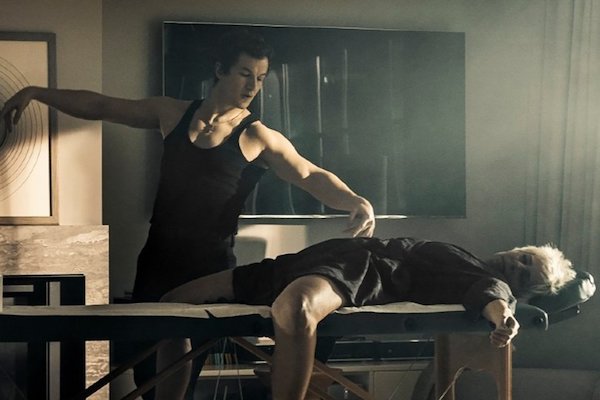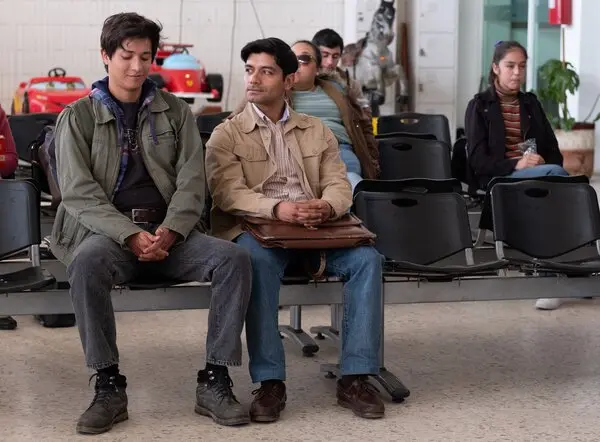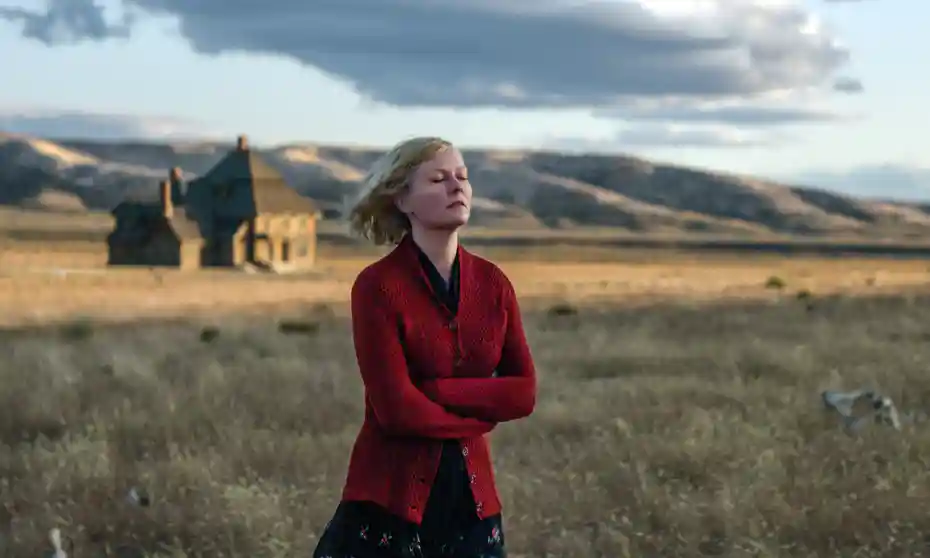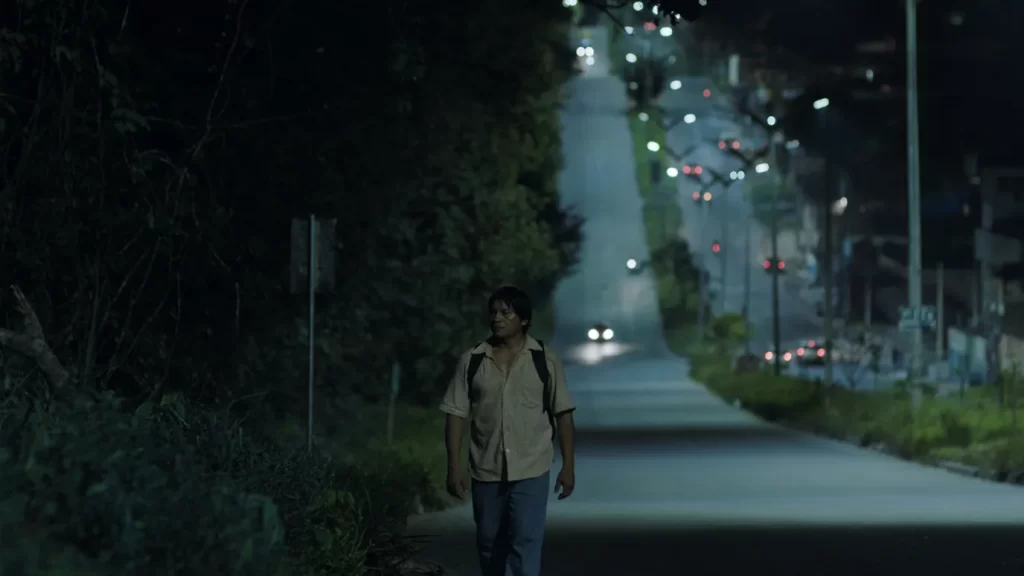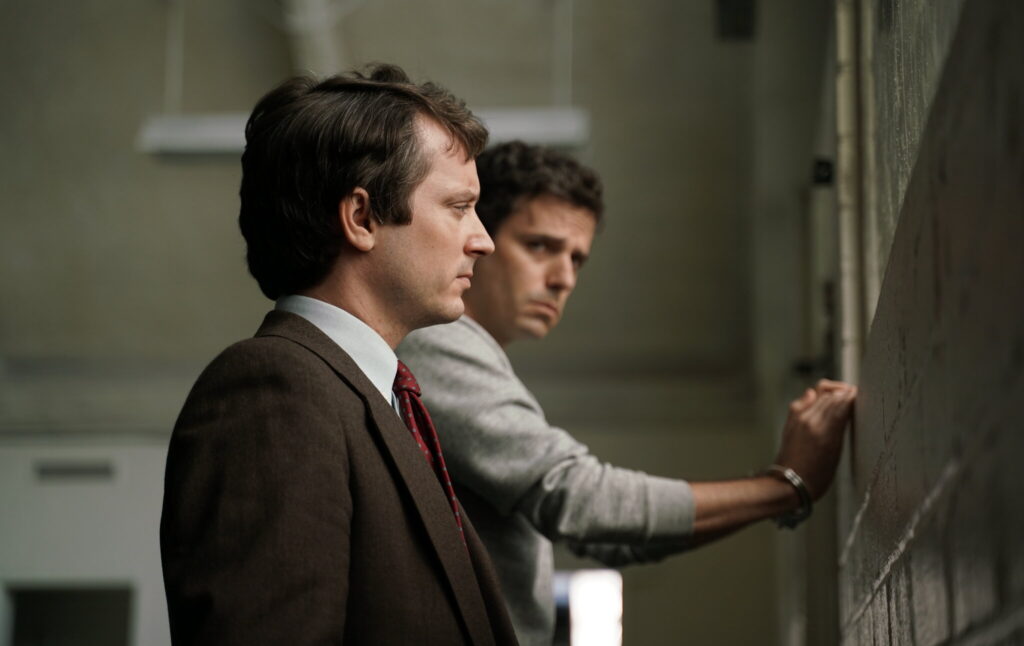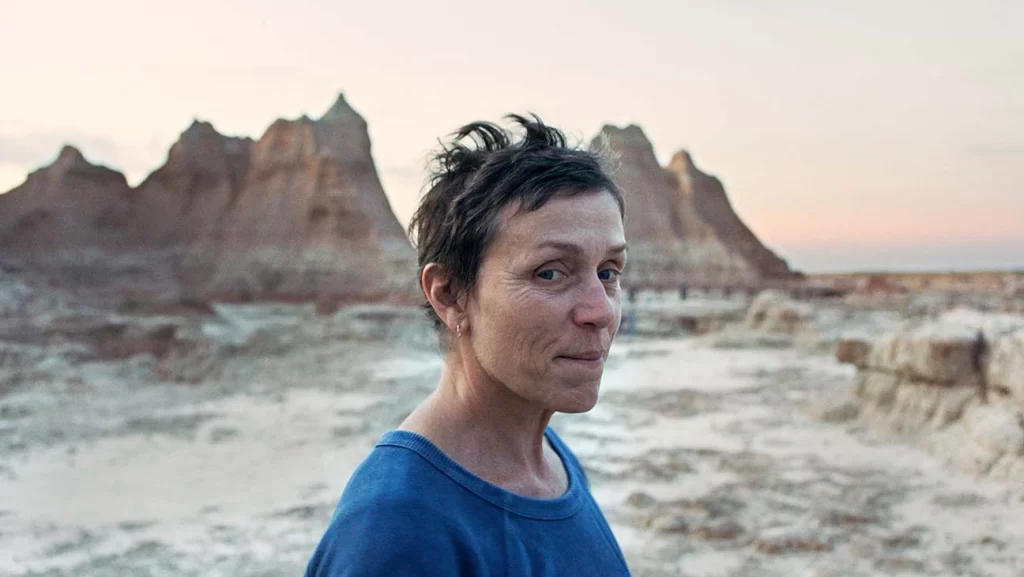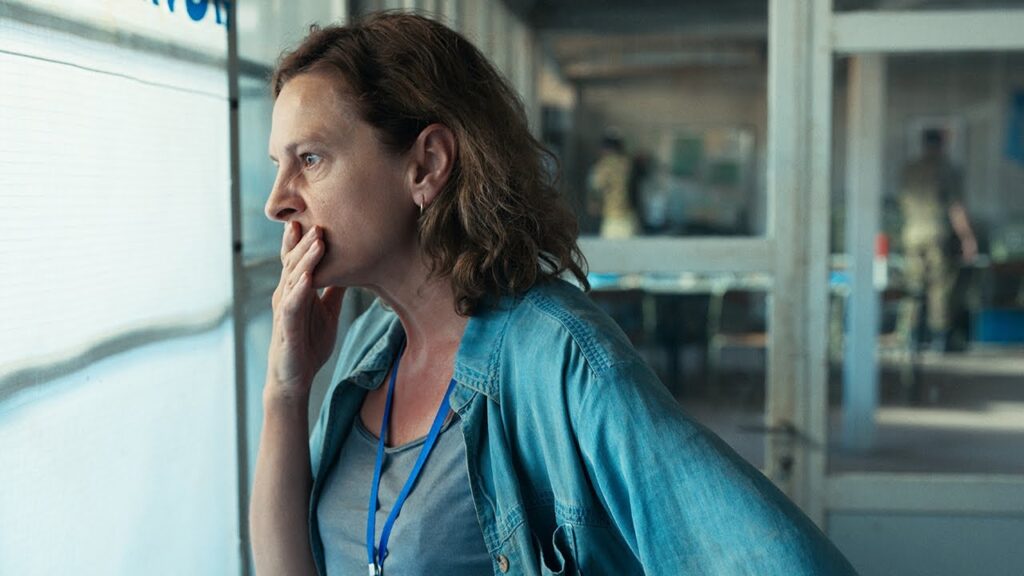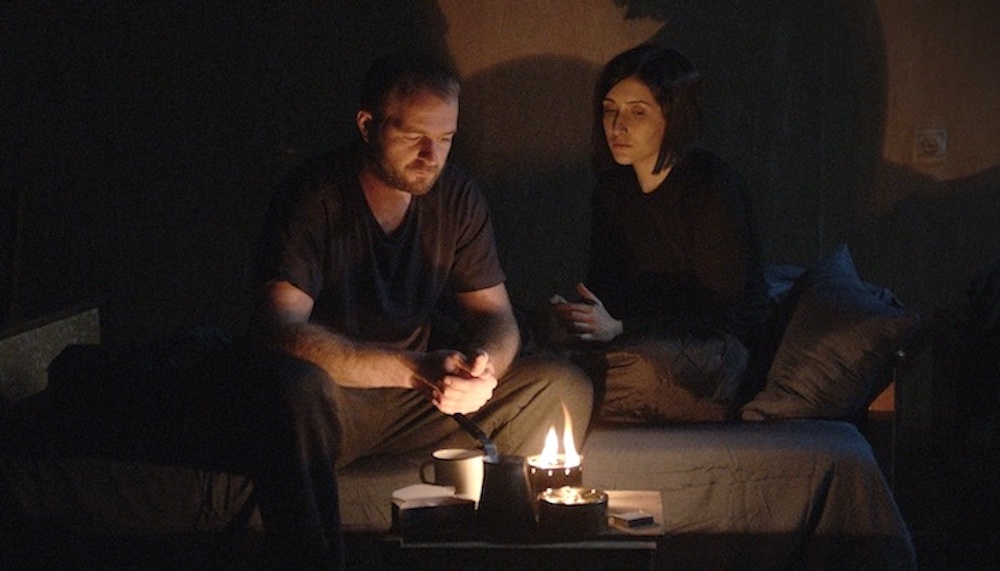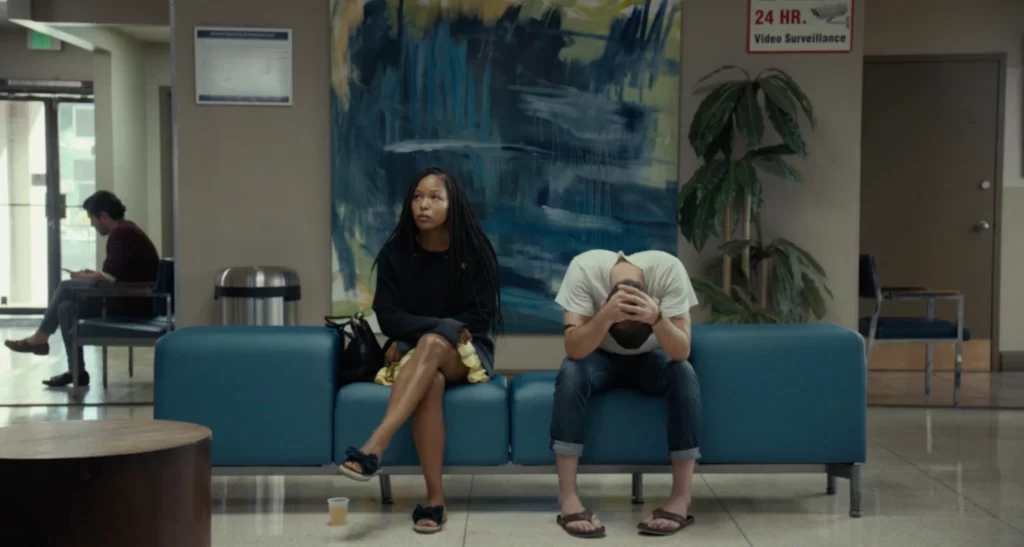I know it’s February already, and the time for year-end lists is probably well past. That said, I spent the first month of 2023 catching up on some more 2022 films in preparation for our Chlotrudis Awards nominations, so I now feel more confident that my list of favorite 2022 films is more comprehensive. I will be reporting on my Top 20 films of 2022, but in this post, I’m going to talk about my favorite documentaries, my favorite non-Chlotrudis eligible films, and my also rans (those that didn’t make the Top 20). I know I should integrate my docs and my non-eligible films into my list of favorites, but any opportunity to talk about MORE films that I loved is a good one.
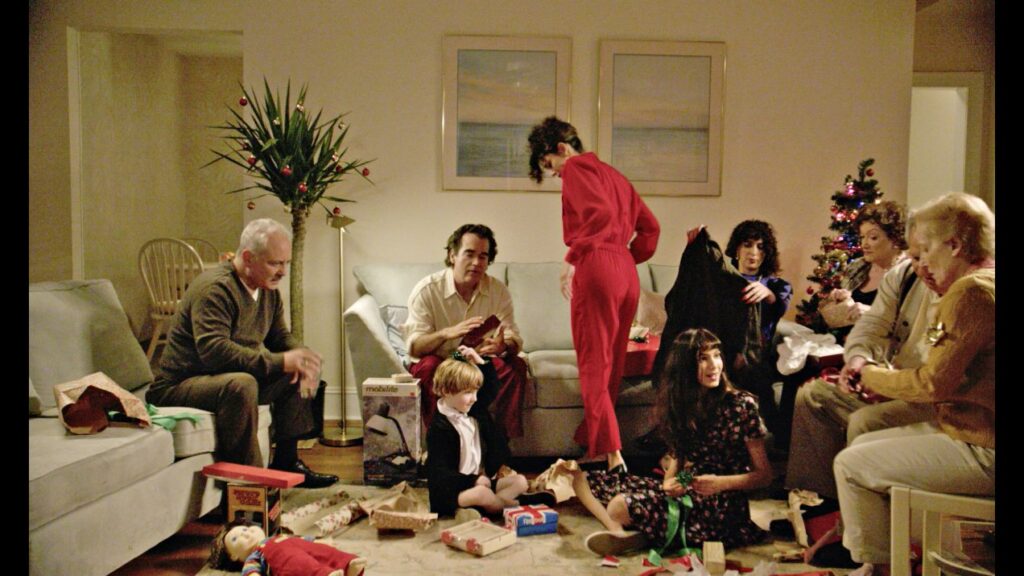
I will start with three films that were not eligible for Chlotrudis consideration, that I feel are worthy of mention. Granted, I only saw about five 2022 films that weren’t eligible, but I do focus most of my time watching independent films. Two of the three non-eligible films I enjoyed are considered independent films, but they were released wide, which takes them out of consideration for Chlotrudis. Todd Field’s Tár was my favorite non-eligible film, largely on the strength of the ever-reliable Cate Blanchett’s performance. I also enjoyed Field’s screenplay, especially the first 45 minutes of so of the movie, which included a television interview of Blanchett’s character, composer Lydia Tár, and a lengthy scene of her teaching a masterclass. I found those two scenes just riveting. Excellent sound design as well. Similarly, the indie crowd-pleaser Everything, Everywhere, All at Once worked so well for me almost exclusively on the performance of the magnificent Michelle Yeoh. How wonderful to see her in such a dynamic and fun leading role as an actress of a certain age… and to have it so well-received by the public. I also loved that despite all the wild and crazy antics, and universe jumping, and craziness, it was, at its heart, a mother-daughter relationship story. You definitely don’t get that very often. Finally, while it didn’t get all that much great press, I have to say I quite enjoyed She Said. Director Maria Schrader doesn’t take a flashy approach, but it was interesting after seeing Spotlight only a couple of years ago, I discovered how much I enjoy an investigative journalism story. Also, it’s the first time I really enjoyed a performance by Carey Mulligan. She really inhabited that character beautifully.
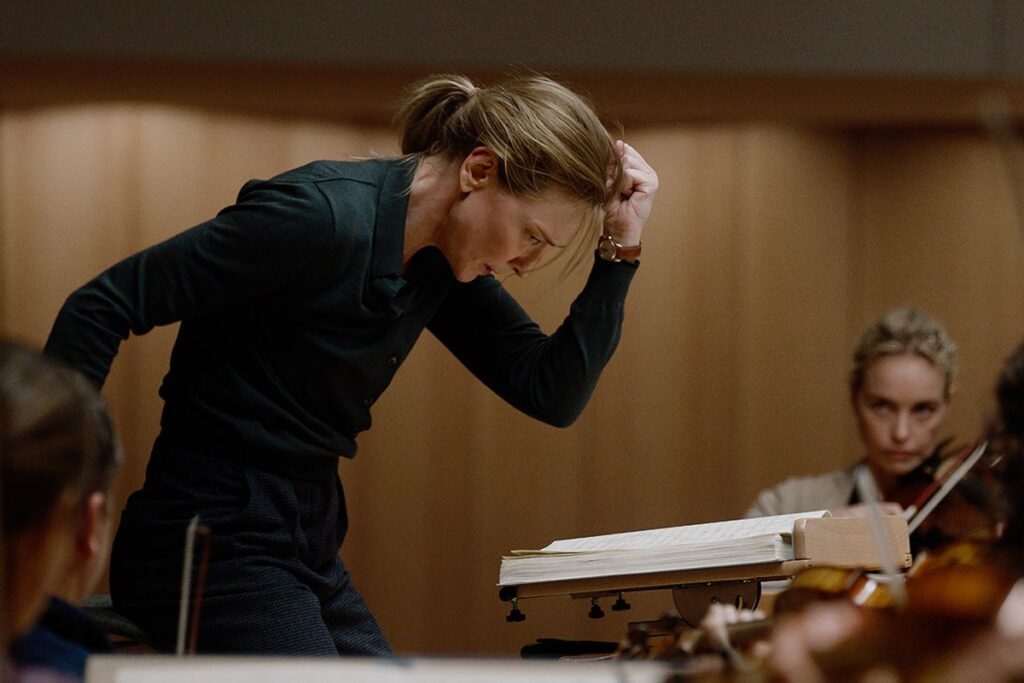
I”m much more a narrative film person than a documentary person, but I did find quite a few good docs to enjoy this year. Out of the dozen 2022 docs I saw, I came up with a pretty strong Top 5.
5) Sr., directed by Chris Smith – I’m not sure why I elected to watch Sr., a biographical documentary about Robert Downey Sr., conceived and powered by his son, Robert Downey, Jr. I’m not really a fan of Jr., but I didn’t know a whole lot about Sr., other than that he was a fringe filmmaker in the 70’s and 80’s, whose films I had heard about but never seen. The film, directed by Chris Smith (AMERICAN MOVIE, HOME MOVIE) in a unique meld of personal conversations between Sr. and his famous son, historical footage of their family, and Sr.’s filmmaking days, and a surprisingly powerful and moving chronicle of the final years, through the pandemic, of Sr.’s life. In addition, incorporated into this documentary, is the same story, as directed and edited by Sr. himself if he were to tell his story. The combination of all these varied themes and styles could have turned into a messy hodgepodge, but instead, it manages to elevate the story into something truly special. I’m very glad I took the time to see this film, and I learned quite a bit about both the Downey family, and Sr.’s filmography, which I fully intend to check out.
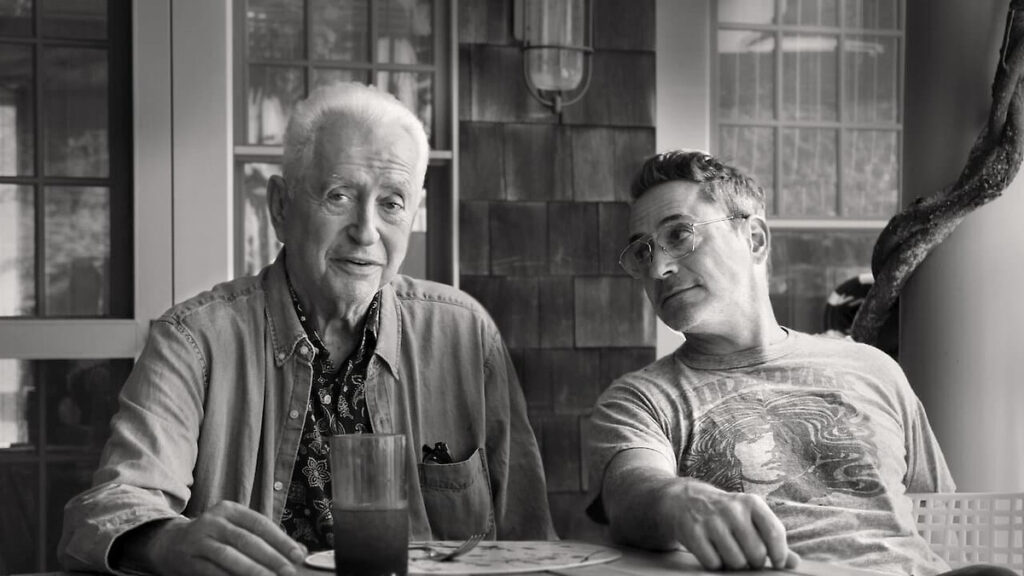
4) Girl Talk, directed by Lucia Small – The final film Chlotrudis Awards-nominated documentarian, Lucia Small is a great look at high school girls on a debate team in Newton North High School. Framed similarly to other competition docs (Spellbound; Word Wars) where Small follows a variety of debaters through a series of competitions, it makes a unique comment by following the minority of female debaters, and ties them to successful and powerful women who all participated in their high school debate teams. Small has a strong collection of documentaries in her filmography, most notably her debut film, My Father, the Genius, and Girl Talk spotlights many of her considerable talents. I’m so happy Lucia was able to see the release of this film and tour with it to festival (including the Provincetown International Film Festival, where I saw it and was able to spend some good time with Lucia) before she died so young due to cancer.
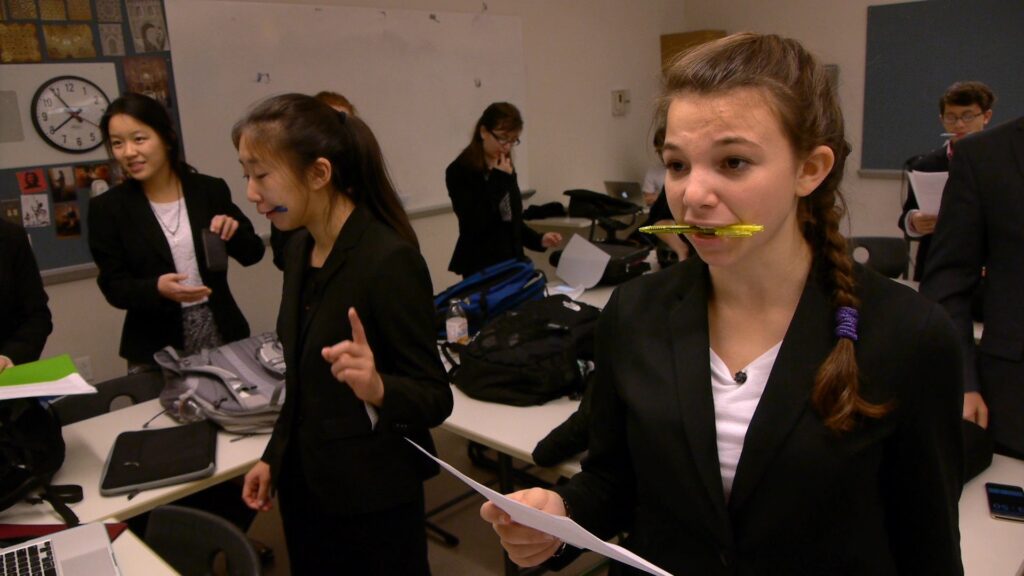
3) Fanny: The Right to Rock, directed by Bobbi Jo Hart – Sometimes a documentarian gets lucky and discovers a subject so fascinating, with amazing footage, that the movie practically makes itself. That’s what Fanny: The Right to Rock feels like. Brought back to some minor attention by a random quote from David Bowie in a rock journal, this documentary chronicles the career of an all-girl, Filipina, rock & roll band from the late 60’s – mid-70’s (yes, you can reread that description — all-girl, Filipina, rock & roll band). Filmmaker Hart was fortunate enough to have some amazing performance footage of Fanny, as well as photographs, and clips to use in the film. She also had access to four of the five main members of the band to interview in the present. Add to that some of the young female musicians that they have inspired, as well as several members from David Bowie’s band and other rock & rollers such as Joe Elliott from Def Lepopard, to provide some context. Is it a great documentary? Well, no, it’s good… but like I said, in this case, the subject matter elevates the film into the great territory.
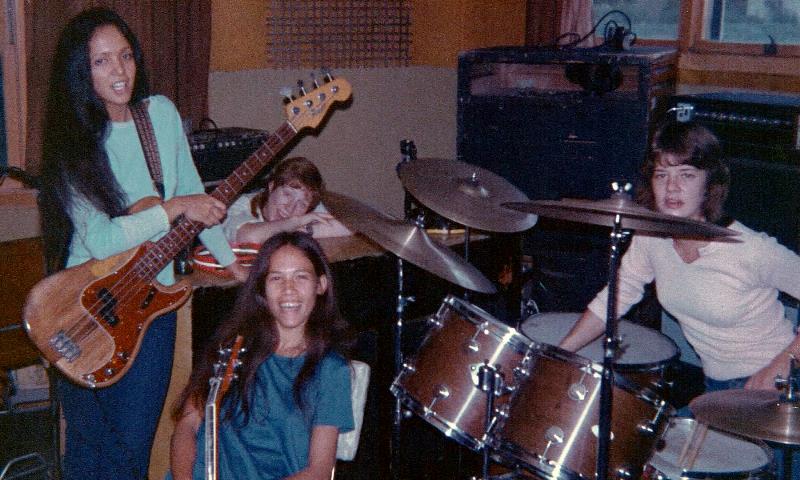
2) Bad Axe, directed by David Siev – Is this documentary a love letter to the small Michigan town of Bad Axe? Or is it a love letter to director David Siev’s family? And in response to the couple of critics I read taking Siev to task on this question I say, does it matter? While a fairly straightforward document of a family and a community’s struggle through the last few years, I was amazed at the way Siev wove together a microcosm of our communal experience through the harsh COVID years, and how the pandemic, and the coinciding political climate impacted small businesses, racial issues, and family relations in profound ways.
The Siev family, led by a Cambodian father, and a Mexican-American mother, are deeply impacted when COVID shuts down the country. Their lives are supported by Rachel’s a successfully operating family restaurant in the small town of Bad Axe, Michigan. Their three children (oldest daughter, a college graduate living in Ann Arbor), middle son (an aspiring filmmaker living in New York City), and youngest daughter (college senior still living at home) all come back to Bad Axe, to their family home to help run the restaurant during this challenging time in an effort to allow their parents to stay at home and avoid health complications — despite their unwillingness to do so. When the Black Lives Matter movement erupts in mid 2020, the family and their assorted partners finds themselves struggling with their desire to speak out and support the movement, with the complexity of running a restaurant that serves a community that is largely populated by Trump supporters. All of this overlaid by the experiences the family patriarch endured escaping the killing fields of Cambodia which shaped his live and outlook. First-time feature documentarian Siev found himself in the middle of an incredible and incredibly relevant story, and had the good sense to document it. His straightforward style and with able editing assistance by Peter Wagner and Rosie Walunas has created a powerful portrait of a time that is compelling viewing and resonated strongly with me.
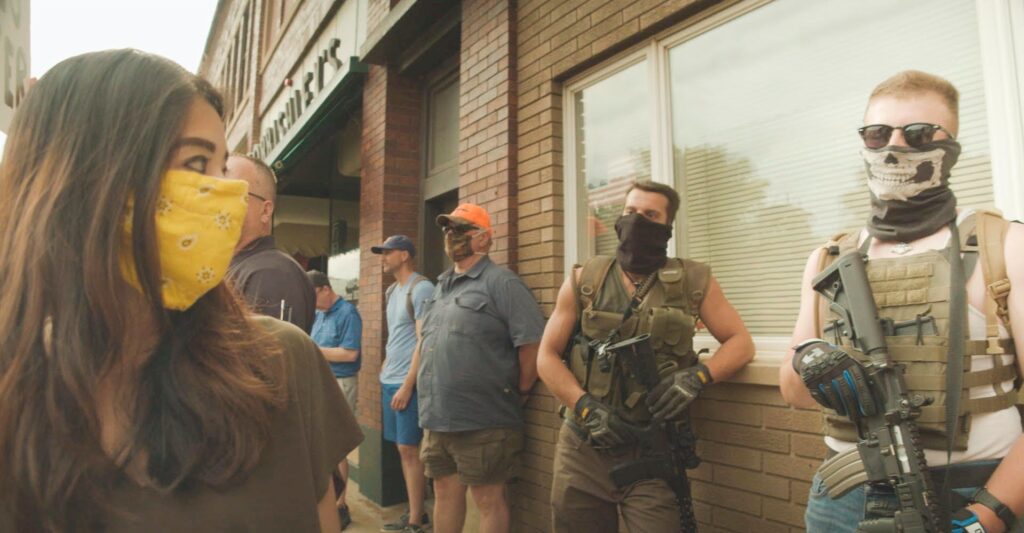
1) Descendant, directed b Margaret Brown – This is one of those documentaries that I can only imagine started out with a particular premise, and as filming commenced, more and more was unearthed around this story that it turned into something so much more. Ostensibly about about the search for the last slave ship to travel from Africa to the U.S. before the Civil War, DESCENDANT evolves into a powerful story about community, history, racial injustice, Zore Neale Hurston and so much more. Part of what makes DESCENDANT so good is director Margaret Brown’s selection of subjects to follow. I’m sure she must have shot footage of dozens of folks — the descendants of the captive Africans who were on that slave ship and formed Africatown in Mobile, AL after they earned their freedom — but the ones featured in the film are so engaging, so compelling, and have such powerful stories to tell. Both important and adept as a film, Brown, whose 1994 doc, THE ORDER OF MYTHS won the Chlotrudis Buried Treasure award in 2009 deserves recognition for this film as well.
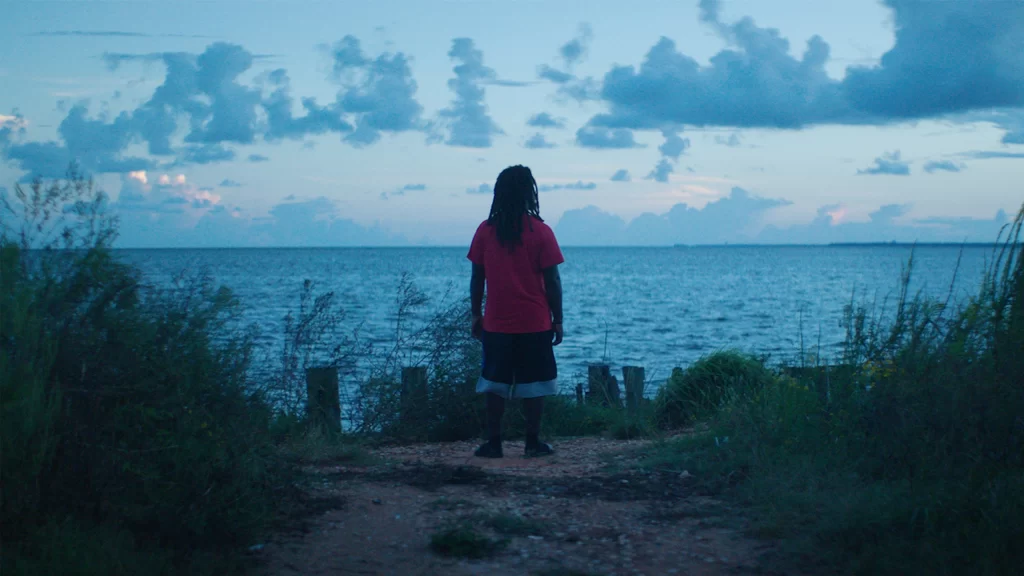
Finally a list of the also-rans. Films I really enjoyed last year, but couldn’t fit onto my Top 20. But I wanted to make note of them, because all of them are worth seeing, and are possibly films you’ve never heard of.
21) The Cathedral
22) The Wheel
23) Întregalde
24) Great Freedom
25) Zero Fucks Given
26) Cici
27) God’s Creatures
28) Hit the Road
29) Ahed’s Knee
30) The Worst Person in the World
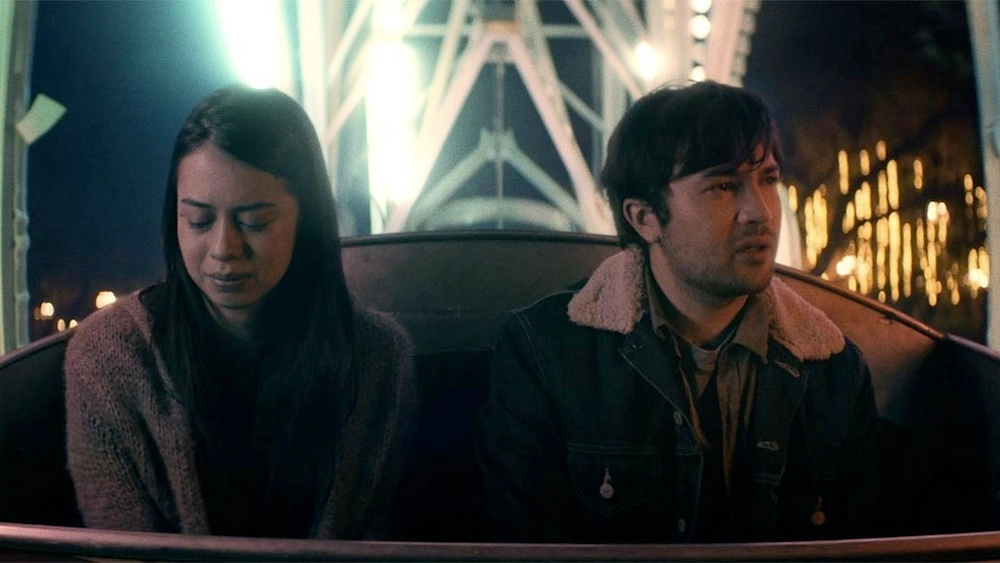
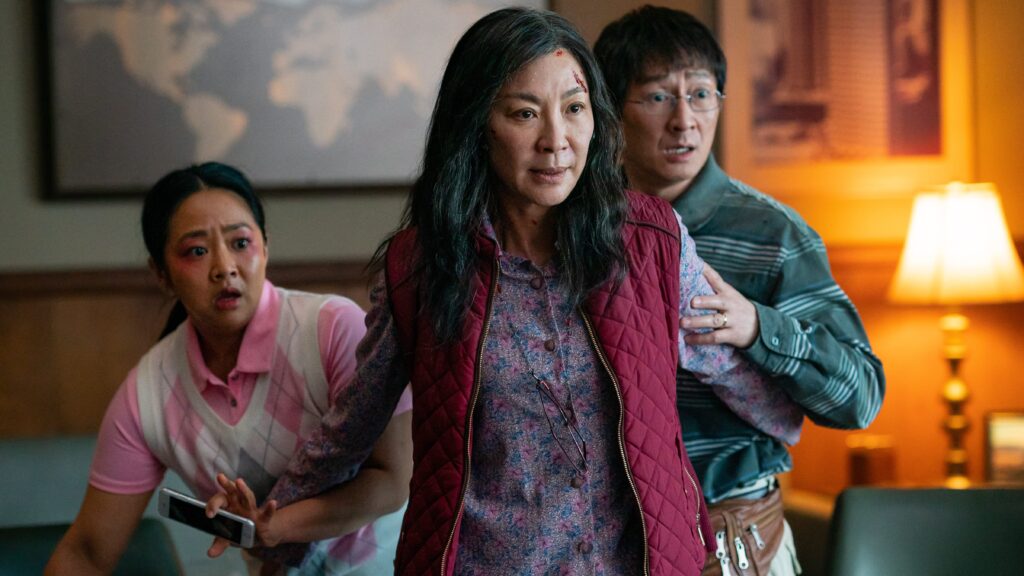

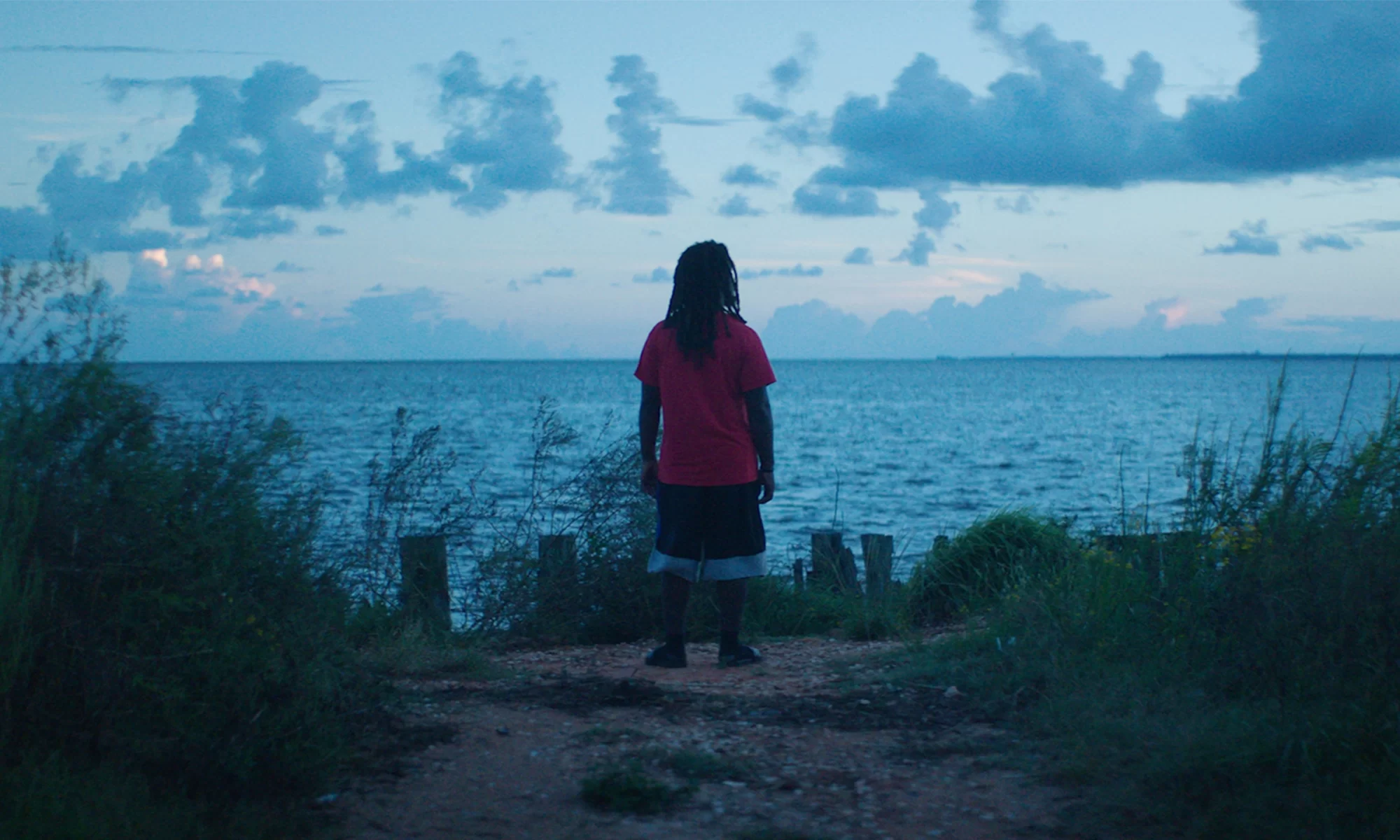
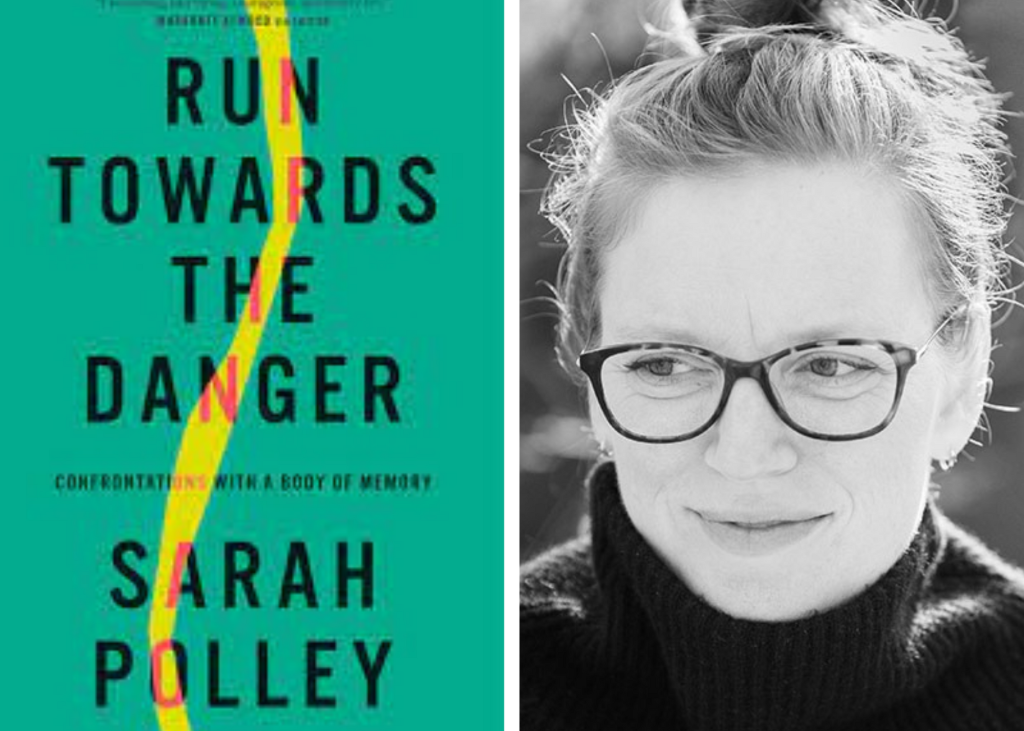 #5) Run Towards the Danger by Sarah Polley – With insightful, and introspective care, Polley chronicles some of the most difficult moments throughout her life and how they affected its trajectory. The challenges she focus on for her first book of essays are largely health issues, but sometimes brought about by the stresses and extremes she underwent as a child actor. Polley is unapologetic in her writing, yet she is also unflinching as she exposes her own neuroses, or drives, which sometimes come across as alienating. What always comes across, however, is the exploring, intelligent mind of a thoughtful, independent woman.
#5) Run Towards the Danger by Sarah Polley – With insightful, and introspective care, Polley chronicles some of the most difficult moments throughout her life and how they affected its trajectory. The challenges she focus on for her first book of essays are largely health issues, but sometimes brought about by the stresses and extremes she underwent as a child actor. Polley is unapologetic in her writing, yet she is also unflinching as she exposes her own neuroses, or drives, which sometimes come across as alienating. What always comes across, however, is the exploring, intelligent mind of a thoughtful, independent woman.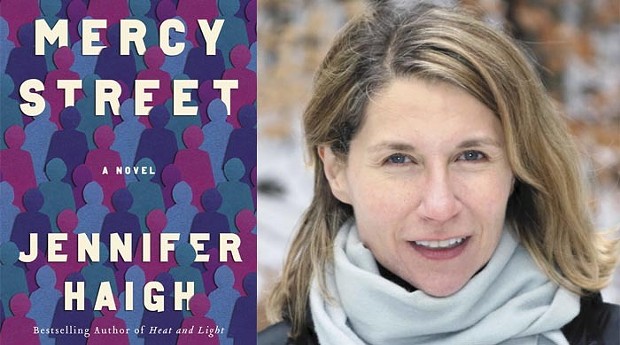 #4) Mercy Street by Jennifer Haigh – Jennifer Haigh has accomplished something remarkable in her latest novel, Mercy Street, about an abortion clinic in the heart of downtown Boston. By focusing on a variety of characters connected in some way to the clinic, their connections, however tenuous, and their lives, she lifts a potentially charged topic out of the political and grounds it securely in the personal. Haigh’s main character, Claudia, counsels patients at Mercy Street, the aforementioned clinic. Through her we meet a number of women, many quite young, who visit the clinic, but we also become involved in the life of Timmy, her pot dealer, one of his other clients, Anthony, and Anthony’s vaguely sinister online friend Victor, who goes by the name of Excelsior11.
#4) Mercy Street by Jennifer Haigh – Jennifer Haigh has accomplished something remarkable in her latest novel, Mercy Street, about an abortion clinic in the heart of downtown Boston. By focusing on a variety of characters connected in some way to the clinic, their connections, however tenuous, and their lives, she lifts a potentially charged topic out of the political and grounds it securely in the personal. Haigh’s main character, Claudia, counsels patients at Mercy Street, the aforementioned clinic. Through her we meet a number of women, many quite young, who visit the clinic, but we also become involved in the life of Timmy, her pot dealer, one of his other clients, Anthony, and Anthony’s vaguely sinister online friend Victor, who goes by the name of Excelsior11.

